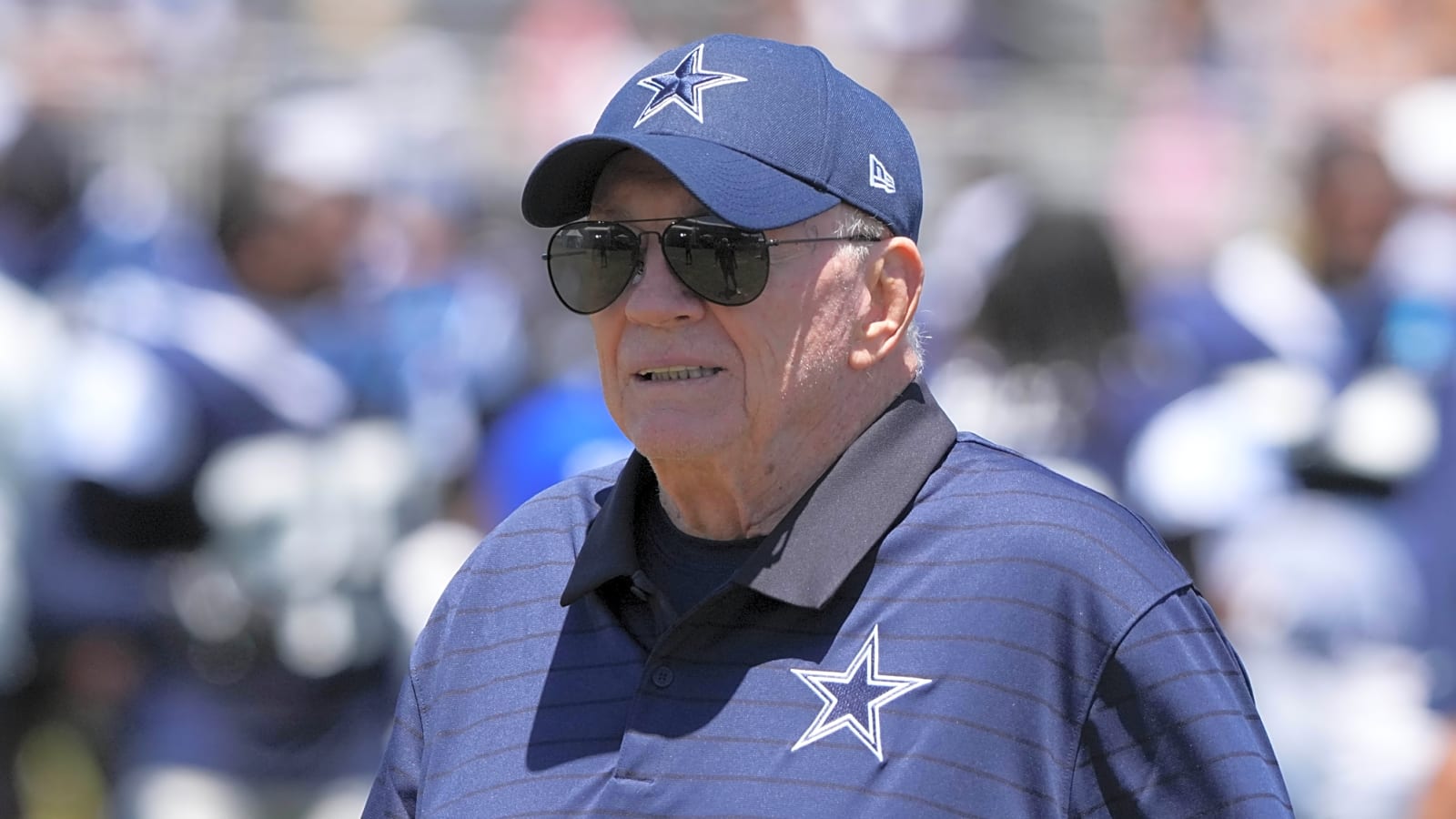
In the early 1990s, the Dallas Cowboys weren’t just winning—they were steamrolling the NFL due to the lack of a salary cap.
They had Hall of Fame talent at nearly every position, an aggressive front office, and a deep-pocketed owner in Jerry Jones who never blinked at writing a massive check.
The secret weapon? There was no salary cap. Before the NFL, and Jerry Jones himself, slammed on the financial brakes in 1994, the Cowboys could outspend, outtrade, and outmaneuver every other franchise, stacking Pro Bowlers on top of All-Pros.
It was a rare moment in league history when the only limit was ambition—and Dallas pushed it to the max.
1992: Building the Monster
In 1992, free agency operated under the Plan B system, which let teams protect most of their roster while exposing fringe players.
It wasn’t true unrestricted free agency yet—but that didn’t stop Dallas from loading up.
The year’s defining move? Trading for Charles Haley, the pass-rushing nightmare from the San Francisco 49ers.
This single deal transformed Dallas’ defense from good to suffocating, turning the NFC arms race into a two-team showdown.
The Cowboys also added veteran safety Thomas Everett and role players like Lin Elliott and Derek Tennell, keeping the depth chart stacked.
Without a cap, Dallas didn’t have to shed salaries to bring in proven veterans—they could just… add them.
1993: Free Agency Opens, Checkbook Still Wide Open
The NFL introduced its first form of unrestricted free agency in 1993, but the salary cap wouldn’t hit until the next season.
This was the Cowboys’ sweet spot.
When quarterback Bernie Kosar hit the market mid-season, Dallas scooped him up as an elite insurance policy for Troy Aikman—a move that paid off when Kosar stepped in during the playoffs.
The team also signed kicker Eddie Murray and pulled off trades for John Roper, Kelly Blackwell, Markus Paul, and Elvis Patterson.
In today’s cap era, fitting multiple veterans onto an already star-loaded roster would take major salary gymnastics. In 1993, the Cowboys just signed the contracts and kept rolling.
1995: The Deion Sanders Power Play
By 1995, the salary cap was in place—but Jones found a loophole big enough to drive a Super Bowl trophy through.
The Cowboys signed Deion Sanders to a seven-year, $35 million deal with a record-setting signing bonus, making him the highest-paid defensive player in league history.
Dallas also brought in Ray Donaldson to anchor the offensive line, plus depth pieces like Reggie Barnes, Greg Biggs, and Anthony Fieldings.
Sanders’ arrival gave Dallas an almost unfair advantage—an offense already filled with legends now paired with a shutdown corner and electric return man.
Why the Salary Cap Changed the Game
The NFL’s 1994 salary cap was designed to create parity. Before the cap, rich teams could hoard stars, keep their cores together indefinitely, and patch holes with pricey veterans whenever needed.
For Dallas, it meant they could:
- Pay to keep every key player in their prime.
- Trade for veterans with big contracts without worrying about cap hits.
- Sign multiple free agents without balancing the books.
Once the cap became fully enforced, hard choices arrived.
Role players left for bigger contracts. Depth suffered. And the iron grip Dallas held over the NFC loosened.
The Blueprint That Can’t Be Recreated
The Cowboys of the early 1990s were a once-in-a-lifetime roster-building masterpiece.
Jones and Johnson (and later Barry Switzer) used every financial advantage to build a team that was deep, talented, and fearless.
They traded boldly. They spent without hesitation. And they built not just a starting lineup, but an entire roster capable of winning it all.
In the cap era, no team can replicate that formula.
The result? Three Super Bowls in four years—a dynasty forged in a brief, golden window when the teams in the NFL had checkbooks with no limits.
More must-reads:
- Does Giants' Brian Daboll regret call that led to costly Jaxson Dart mistake in loss to Broncos?
- Steelers' Broderick Jones addresses tackling Aaron Rodgers in loss to Bengals
- The 'Most two passing touchdown NFL games' quiz
Breaking News
Trending News
Customize Your Newsletter
 +
+
Get the latest news and rumors, customized to your favorite sports and teams. Emailed daily. Always free!








